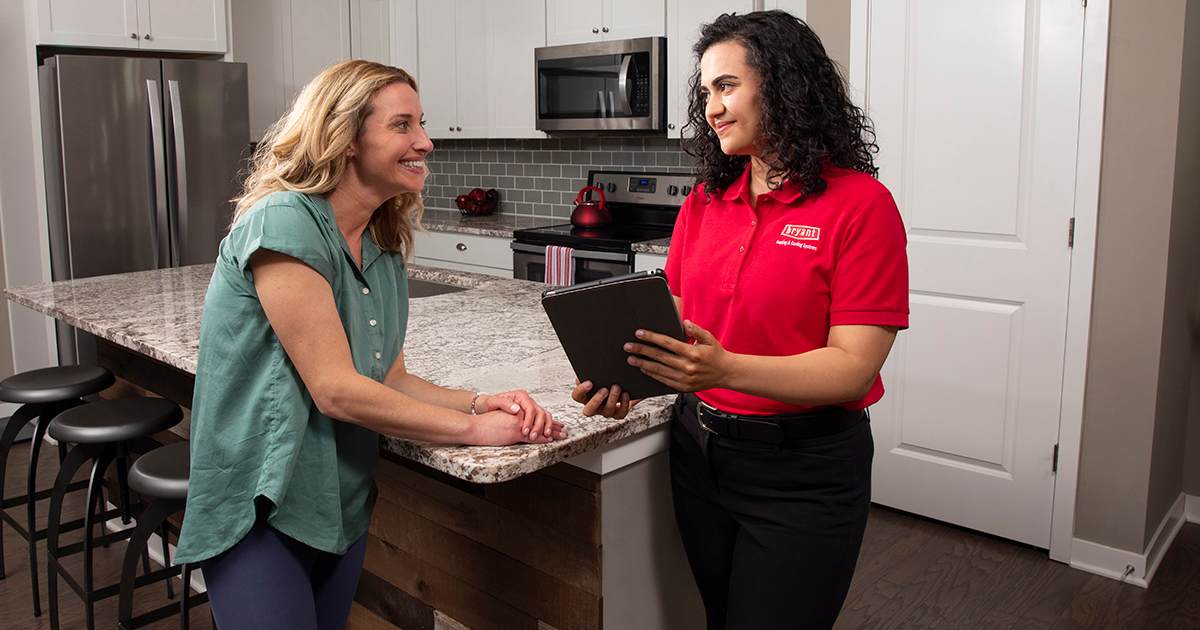How Many Carbon Monoxide Detectors Do I Need
Ensuring your home and loved ones' safety involves understanding the risks associated with carbon monoxide (CO) exposure and taking proactive steps to protect your family in case of an emergency.
In this guide, we will explore how many carbon monoxide detectors do I need, their optimal placement, and essential maintenance tips. By following our recommendations, you can create a safer environment and enjoy peace of mind, knowing you have taken proactive measures against CO hazards.
Understanding Carbon Monoxide Risks
Carbon monoxide (CO) is a colorless, odorless gas produced by the incomplete combustion of fossil fuels. It is particularly dangerous because it can accumulate in enclosed spaces without being detected, leading to potentially fatal poisoning. CO binds with hemoglobin in the blood, preventing oxygen transport, which can result in serious health complications or death.
Common sources of carbon monoxide in homes include gas appliances such as furnaces, water heaters, and stoves. Additionally, fireplaces, charcoal grills, and idling vehicles in attached garages can also produce harmful levels of CO. It’s essential to ensure that these appliances are well-maintained and properly ventilated to reduce the risk of carbon monoxide accumulation.
Symptoms of carbon monoxide poisoning can vary from mild to severe and may initially resemble those of the flu. They include headaches, dizziness, shortness of breath, nausea, and confusion. In more severe cases, high levels of exposure can lead to loss of consciousness and death. This makes it crucial to have adequate carbon monoxide detectors installed throughout your home to provide an early warning in case of a CO leak, ensuring the safety of you and your loved ones.
Determining the Number of Detectors Needed

When it comes to ensuring the safety of your home and loved ones, understanding how many carbon monoxide detectors do I need is crucial. Several factors influence the number of carbon monoxide detectors required, including the:
- Size of your home: General guidelines suggest placing one carbon monoxide detector outside each sleeping area and on every level of your home, including basements. For larger homes, consider installing additional detectors in key areas such as near fuel-burning appliances or garages.
- Number of floors: In single-family homes, it is advisable to have at least one detector on each level, particularly in proximity to bedrooms. Homes with multiple stories may require a detector on each floor, especially near sleeping areas, to provide adequate coverage.
- Layout of each level: Different types of homes may have specific recommendations. For homes with attached garages, an additional detector near the entryway can help monitor potential CO buildup from vehicles. If your home has a complex layout or numerous rooms, you may need to assess the distance between detectors to ensure they are within the effective range of the alarm.
Ultimately, ensuring you have the right number of carbon monoxide detectors is essential for maintaining a safe living environment. Regularly check your detectors to ensure they are functioning correctly and replace batteries as needed for optimal protection.
Optimal Placement of Carbon Monoxide Detectors
To ensure maximum effectiveness of carbon monoxide detectors, proper placement is crucial. Install detectors on each level of your home, including the basement, and close to sleeping areas where they can wake occupants in case of an emergency. The ideal installation height is at least 5 feet above the floor, as carbon monoxide is slightly lighter than air and tends to rise.
When positioning detectors near sleeping areas, place them within 15 feet of each bedroom. This strategic placement allows the alarms to be heard promptly during the night. Additionally, you should install a detector within 10 feet of any fuel-burning appliances, such as furnaces, water heaters, and stoves, to monitor potential CO leaks effectively.
- Avoid common carbon monoxide installation mistakes that could compromise safety.
- Do not install carbon monoxide detectors in areas with high humidity, such as bathrooms, or near vents, windows, or doors, as drafts can interfere with their operation.
- Avoid placing them directly above fuel-burning appliances, as this may lead to false alarms.
Regularly check your detectors to ensure they are functioning properly, and replace batteries as needed. By following these guidelines, you can help protect your home and loved ones from the dangers of carbon monoxide poisoning.
Maintenance and Testing of Carbon Monoxide Detectors
Proper maintenance of your carbon monoxide detectors is essential for ensuring they function correctly and keep your home safe. Start by regularly checking the batteries; most detectors have a low-battery warning that sounds to alert you. If your detector is hardwired, ensure that it remains connected to power and that there are no visible signs of damage to the wiring. Additionally, it’s advisable to clean the detectors periodically by gently vacuuming them to remove dust and debris that could interfere with their operation.
Be aware of the signs that indicate a detector may need replacement or servicing:
- If your detector emits a continuous alarm, this is a clear indication of carbon monoxide presence and immediate action is required. However, if the unit chirps intermittently, it may mean the battery needs replacing.
- If your detector is over seven years old, it’s time to consider a replacement, as sensors can degrade over time, reducing effectiveness.
To maintain optimal functionality, test your carbon monoxide detectors monthly. This can be done by pressing the test button, which should result in a loud beep. If the detector does not respond, replace the batteries or consider replacing the unit altogether. Regularly reviewing your detectors’ operation alongside checking their expiration dates will ensure your home remains a safe environment.
Connect With A Bryant Dealer On Carbon Monoxide Alarms
A Bryant dealer can help you determine how many carbon monoxide detectors your home needs and recommend a reliable solution like the Bryant Carbon Monoxide Alarm for 24/7 monitoring. Connect with your local Bryant dealer today to get expert guidance and peace of mind.



